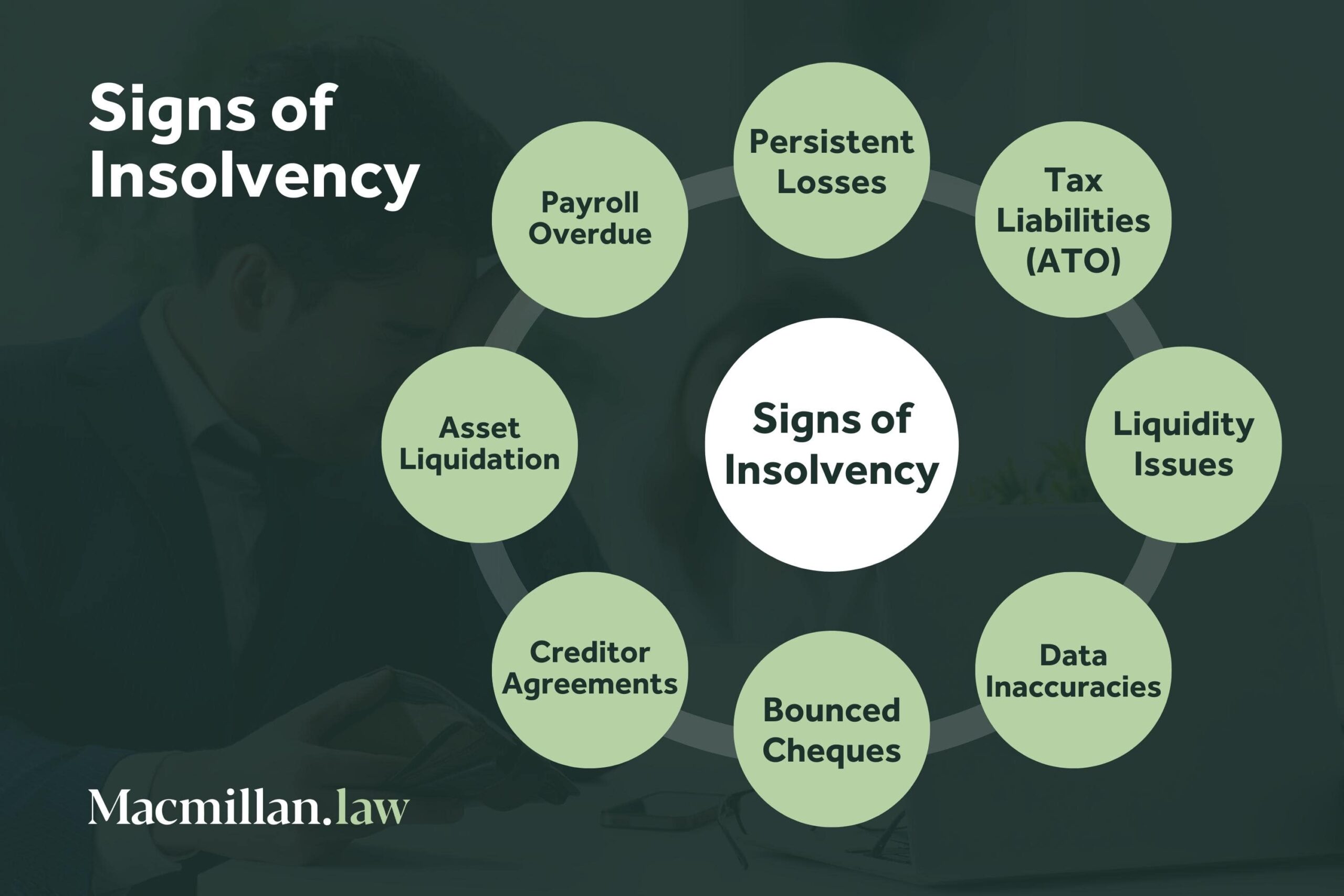Insolvency Practitioner Fundamentals Explained
Insolvency Practitioner Fundamentals Explained
Blog Article
All About Insolvency Practitioner
Table of ContentsInsolvency Practitioner Fundamentals ExplainedInsolvency Practitioner Things To Know Before You Get ThisThe Basic Principles Of Insolvency Practitioner Some Known Factual Statements About Insolvency Practitioner The Main Principles Of Insolvency Practitioner How Insolvency Practitioner can Save You Time, Stress, and Money.Everything about Insolvency Practitioner
Insurance policy is monitored and regulated by state insurance divisions, and one of their main goals is securing insurance holders from the threat of a firm in monetary distress. When a company gets in a duration of monetary trouble and is incapable to fulfill its obligations, the insurance commissioner in the business's home state starts a processdictated by the laws of the statewhereby initiatives are made to assist the firm restore its monetary ground.If it is identified that the business can not be restored, the company is proclaimed insolvent, and the commissioner will ask the state court to get the liquidation of the firm. The insurance coverage commissioner, either designated by the governor or elected, heads the state insurance department and displays and manages insurance task within the state.
By getting control of a business, the commissioner (or the insurance department) is, by law, the rehabilitator or liquidator of the business. In this ability, the commissioner or division takes control of the firm's procedures. Rather than do so directly, the commissioner may keep an unique deputy receiver to supervise the business's activities.
What Does Insolvency Practitioner Mean?
The receiver manages an accounting of the company's assets and obligations and carries out the estate of the firm. In doing so, the receiver looks for to make the most of the firm's properties, move them to cash, and afterwards distribute that cash money to financial institutions having valid claims versus the insurance provider in accordance with repayment priorities specified by state regulation (in all states, insurance holders are top priority complaintants whose insurance claims are paid before those of basic creditors).
All insurance provider (with minimal exceptions) licensed to market life or wellness insurance coverage or annuities in a state need to be members of that state's warranty organization. The guaranty organization coordinates with the commissioner and the receiver in pre-liquidation preparation. When the liquidation is purchased, the guaranty organization gives protection to the company's insurance policy holders that are state homeowners (as much as the degrees defined by state lawssee below; any kind of benefit amounts above the guaranty asociation benefit degrees end up being claims versus the business's staying possessions).
An Unbiased View of Insolvency Practitioner
The above coverage levels use individually for each bankrupt insurance provider. When an insurer stops working and there is a deficiency of funds required to meet the responsibilities to policyholders, state warranty associations are triggered. Guaranty organizations have subrogation civil liberties to a proportional share of the properties staying in the failed insurance company.
Second, insurers doing service in that state are assessed a share of the quantity needed to satisfy the section of the guaranty associations' protected cases not or else funded with estate properties. The quantity insurance providers are analyzed is based on the amount of costs that they accumulate in that state. The National Organization of Life and Health Insurance Warranty Associations (NOLHGA) is made up of the life and health and wellness insurance policy guaranty associations of all 50 states and the District of Columbia.
NOLHGA develops a task pressure of depictive warranty organizations to deal with the insurance commissioner to establish a strategy to secure policyholders. For additional information on NOLHGA's role at the same time, see "What Is NOLHGA?" and "The Safeguard at Work." [Back]
Examine This Report about Insolvency Practitioner

Predictive security by aiding you select the right clients and the best markets to stay clear of uncollectable loan to begin with, thanks to acute economic evaluation. In-depth market knowledge, offering you with 360-degree visibility on organization fields and putting at risk problems. It would be a simplification to think a profession credit insurance begins and finishes with premiums and pay-outs.

Get This Report about Insolvency Practitioner
It can bring about job losses, asset sales, and even insolvency. It is important to comprehend exactly how company bankruptcy jobs and just how it can influence your service. Why does a business participate in bankruptcy? There are a variety of reasons that a firm might enter right into insolvency. click here to read The most usual reason is that the firm is not able to pay its financial obligations as they drop due.
Various other reasons for bankruptcy include fraud, weblink mismanagement, and unforeseen costs. Insolvency can also lead to task losses and the closure of companies.
Insolvency Practitioner Fundamentals Explained
This can have major implications for the firm, its stakeholders, lenders and the economy. The firm may be compelled to sell properties, lay off team and even close down. This can have a knock-on result on the local community and the economic climate all at once. Financial institutions may be omitted of pocket and the firm's shareholders might see their investment vanish.
This can take place for a variety of factors, consisting of inadequate financial administration, unexpected costs, or a change in the marketplace. If a business is bankrupt, it may be forced to fold or sell assets to pay lenders. This can have a major influence on business, staff members, and shareholders.
It can bring about task losses, property sales, and even insolvency. It is essential to recognize how corporate bankruptcy works and exactly how it can affect your organization. Why does a firm participate in bankruptcy? There are a number of reasons that a business may participate in bankruptcy. One of the most common factor is that the business is not able to pay its financial debts as they drop due.
The Buzz on Insolvency Practitioner
Other reasons for insolvency consist of fraud, mismanagement, and unforeseen costs. When a firm comes to be bankrupt, its assets are utilized to settle its financial obligations - Insolvency Practitioner. This can have a major impact on the company, as it may no much longer have the ability to continue operating. Bankruptcy can likewise bring about task losses and the closure of organizations.
This can have significant ramifications for the company, its stakeholders, creditors and the economic situation. The business may be forced to offer assets, gave up personnel or even shut down. This can have a knock-on effect on the neighborhood community and the economy overall. Creditors might be omitted of pocket and the business's investors may see their financial investment go away.
Report this page